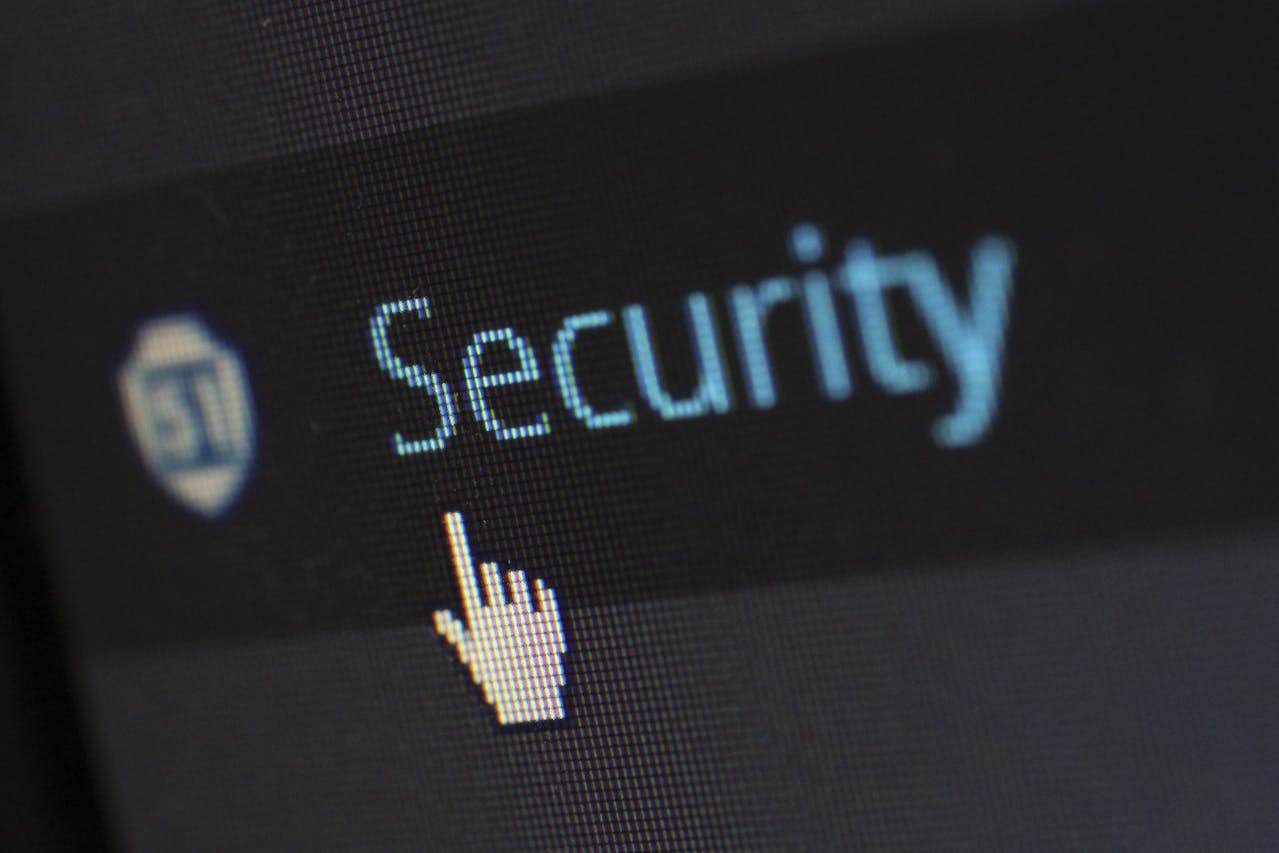As the world became more digital, our online identities became more valuable. What was initially only social media profiles and email extended into online banking, e-commerce transactions, and all kinds of systems asking us to upload personal information to verify our identities.
This has led to cybercriminals becoming more sophisticated, so the stakes for protecting our identities have never been higher.
Table Of Contents 👉
Protecting Your Online Identity
Before we look at how digital identity theft is evolving, it’s worth going over the things that everyone should do to protect themselves.
The first step is to only use reputable websites and apps. For example, if you play online slots for fun, it’s extra important to choose a legitimate and trustworthy site.
Look for reviews and ratings from other players, and never provide credit card details unless you’re confident the website is secure.
The same approach holds true when you’re making any purchases online, but especially when your card details are required.
Alternative payment methods like PayPal can add an additional layer of security, but make sure these brands are legitimate when creating an account.

A couple of other basic things that can do wonders are using strong passwords and using multi-factor authentication (MFA).
Try to use a unique password for every account you have, combining letters, numbers, and symbols. Activate MFA wherever possible so that once you log in somewhere new, you have to verify that it’s you.
This is usually done in the form of an SMS, email, or on a standalone app like Google Authenticator.
How Digital Identity Theft Has Changed
Even if you follow all of these steps, the constant stream of new technology means users need to be more careful than ever.
While cybercriminals have always used social engineering to access people’s accounts, new technology is making their tactics more sophisticated.
New tools can be used to decode passwords, mimic online behavior patterns, or even create convincing fake profiles to dupe unsuspecting internet users.
At the same time, hidden online marketplaces are fueling this industry. These parts of the internet are notorious for trading stolen identities, which incentivizes bad actors.
Credit card details, bank account information, and identity documents can all be found at shockingly low prices on these platforms, which is why you must take measures to protect yourself.

Cyber criminals also use social media. Your posts about your favorite restaurant or check-ins at vacation spots may seem innocuous, but they provide valuable data points that can be pieced together to impersonate you digitally.
Even seemingly harmless quizzes where you enter your birth date and other personal information could be traps set by cybercriminals looking to extract personal information.
The key thing to remember is always to be vigilant online. Take basic security precautions, and be careful what information you share.
While a lot of work is done by cybersecurity experts and tech companies to stop cyber criminals, they will never be able to stop 100% of them.
Related Stories:
